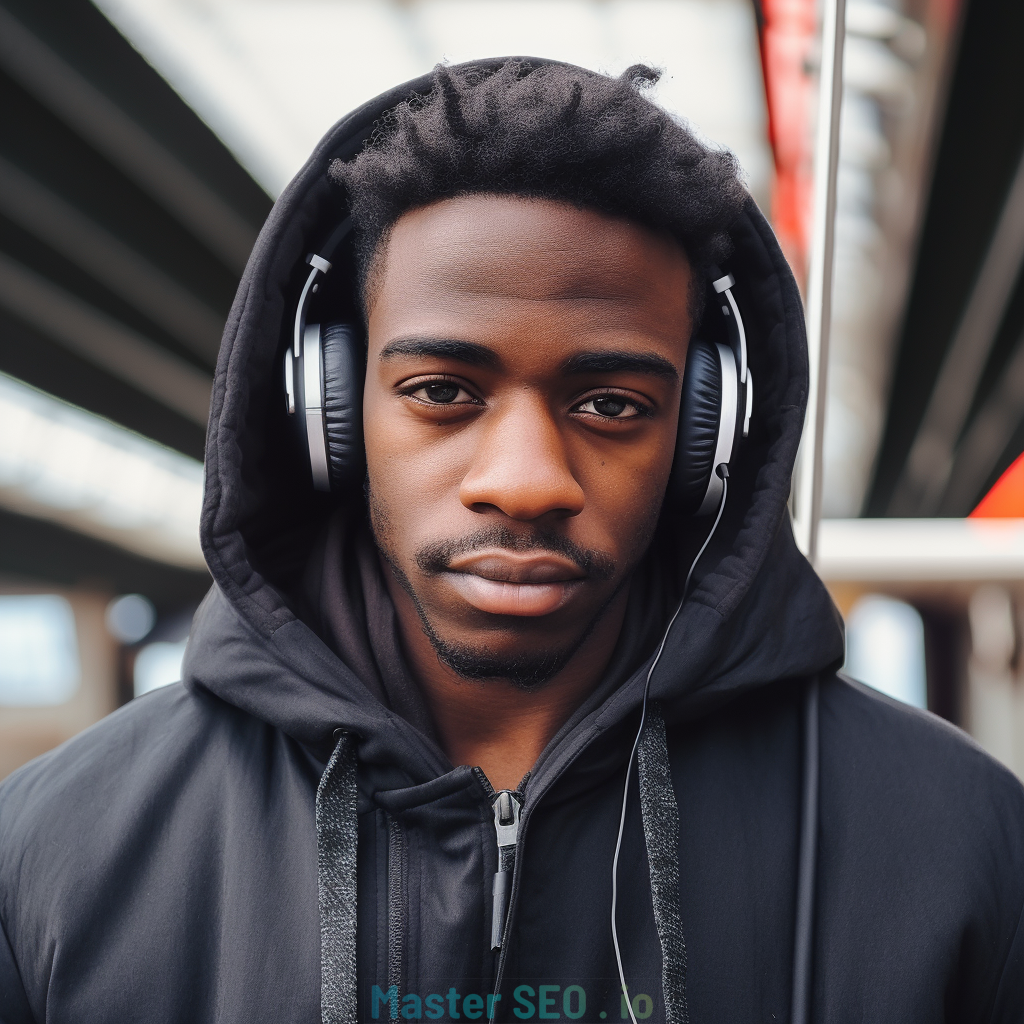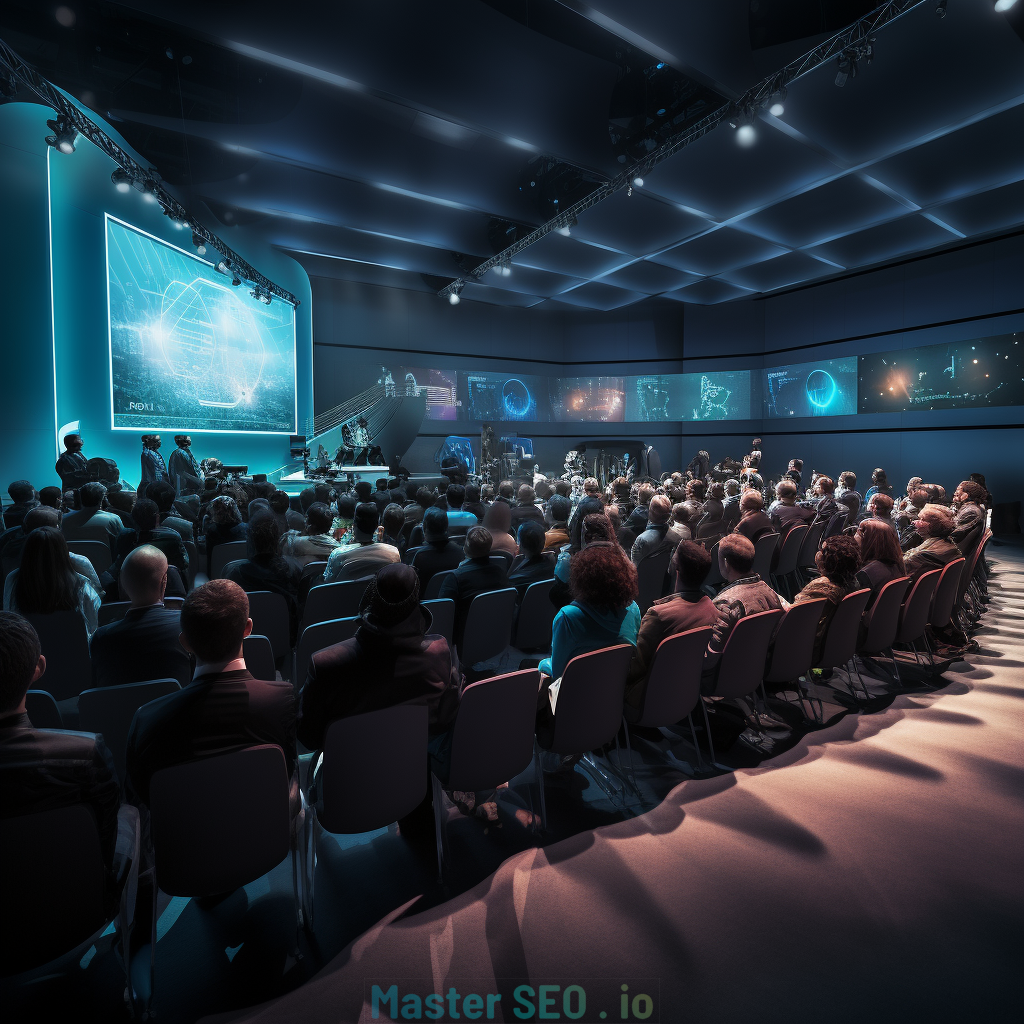In the ever-evolving digital landscape, the tussle between SEO and user experience often leaves website creators in a quandary. The question that lingers is whether SEO strategies can truly align with user-centric design or if they tend to prioritize search engine requirements over the genuine needs of the user. Let’s dive into this debate and explore the delicate equilibrium between SEO and user experience.
SEO vs. UX: Finding common ground
The misconception that SEO and user experience are at odds is rooted in an outdated understanding of SEO. SEO indeed involves optimizing a website for search engine algorithms, but times have changed. What’s good for SEO increasingly resembles what’s good for user experience. Google, the behemoth of search engines, continually updates its algorithm to prioritize user-friendly content.
In the past, some SEO tactics compromised the user experience by stuffing content with keywords, making it difficult for users to engage meaningfully. However, Google has evolved, penalizing such practices and emphasizing quality user experience. It’s safe to say that the interests of SEO and UX are converging.
The web design and SEO Symphony
The relationship between web design and SEO is not a zero-sum game. Instead, it’s a symbiotic partnership where each complements the other. Put it bluntly, strong SEO draws users to your site, and great design keeps them there. It’s a tag team effort that every website creator should embrace.
Bounce Rate: The SEO-UX connector
Bounce rate, often overlooked, serves as a critical indicator of a website’s effectiveness. A high bounce rate can be a red flag, signaling your strategy may falter. Why does it matter? Because search engines use bounce rates to gauge user satisfaction. If visitors leave without exploring further, search engines interpret it as a failure to meet user expectations. When you think about it, Google can track a user’s behavior using their search engine. If a user sees a series of results on the page, they click the one that makes the most sense to them, but when that result doesn’t quickly give them what they are looking for, they close that page out and go to the next result on Google. Google pushes that ranking lower on the page and surfaces the ones that users stick to.
Lowering bounce rate with SEO and UX
To effectively tackle the challenge of reducing bounce rates, it is imperative to adopt a comprehensive strategy that seamlessly intertwines the principles of both SEO and UX. The first step in this holistic approach involves a profound understanding of user intent, ensuring that the presented content aligns seamlessly with user expectations, thus preventing any misleading interactions that may contribute to a high bounce rate. Subsequently, optimizing headings and on-page elements becomes paramount, striking an optimal balance between adhering to SEO-friendly practices and enhancing readability and usability for the end-users. In the mobile-centric landscape we find ourselves in today, prioritizing a mobile-friendly design is essential to provide a positive and consistent user experience across various devices. Lastly, crafting and delivering high-quality, informative content not only caters to the preferences of the user base but also aligns with contemporary SEO best practices, fostering increased user engagement and fortifying the website’s visibility in search engine results.
1. User Intent: Align your content with user expectations. Avoid misleading headlines or clickbait that attract the wrong audience. Understand what users seek when landing on your page and deliver it effectively.
2. Headings and On-Page Elements: Optimize heading tags for SEO, but also use them to enhance content readability. Prioritize a visually appealing design, clear navigation, and easily understandable buttons to ensure a positive user experience.
3. Mobile-Friendly Design: Given the rise of mobile users, a mobile-friendly design isn’t just good for UX; it’s essential for SEO. Google’s mobile-first indexing underscores the importance of a seamless mobile experience.
4. Quality Content: Long-form, informative content caters to user preferences and aligns with modern SEO practices. Address user queries comprehensively to enhance both engagement and search engine visibility.
5. Page Loading Speed: Users and search engines despise sluggish websites. Optimize your site for speed to retain user interest and prevent search engines from penalizing your rankings.
UX analysis principles
Delving into UX analysis reveals essential principles harmonizing SEO and user experience. A website can strike a balance that caters to search engine requirements and user needs by ensuring healthy analytics data, utilizing meaningful metrics, and integrating qualitative insights. Consistency in design and content further enhances this synergy, creating a seamless digital experience that optimally serves SEO and user-centric objectives.
1. Healthy Analytics Data: Reliable data is the cornerstone of both SEO and UX. Centralize your analytics data, use tools like Google Analytics, and conduct regular audits to ensure actionable insights.
2. Useful Analytics Metrics: Engagement metrics like exit rate, bounce rate, and time on page are not just UX metrics; they impact SEO too. Understand their nuances and work towards improving them to enhance overall website performance.
3. Qualitative Data: User feedback, collected through tools like Hotjar, adds a qualitative dimension to your quantitative analytics. Address pain points, understand user emotions, and continually refine your website based on real user experiences.
4. Consistency: Consistency in design, navigation, and content is the secret sauce for a seamless user experience. It reduces cognitive load, speeds up user interactions, and positively influences critical SEO metrics.
Harmonizing SEO and UX
In the dynamic world of digital presence, the divide between SEO and user experience is dissipating. Embracing a harmonious approach, where SEO strategies align with user-centric design, is the key to a successful website. Remember, SEO may bring users to your doorstep, but it’s the user experience that invites them in, keeps them engaged, and ultimately converts them into loyal visitors. Striking the right balance between these two pillars ensures visibility on search engines and sustained success in the digital realm.

Meet Terrell, the insightful author guiding readers through the intricacies of SEO. With a rich background as a seasoned SEO professional and freelancer, Terrell specializes in unraveling the complexities of digital marketing. Known for crafting personalized strategies that cater to the unique needs of businesses, Terrell navigates the delicate balance between flexibility and accountability. Terrell’s goal is to empower clients with well-informed decisions. Join Terrell on a journey where personalized attention meets comprehensive expertise, and together, let’s decode the ever-evolving landscape of SEO.





